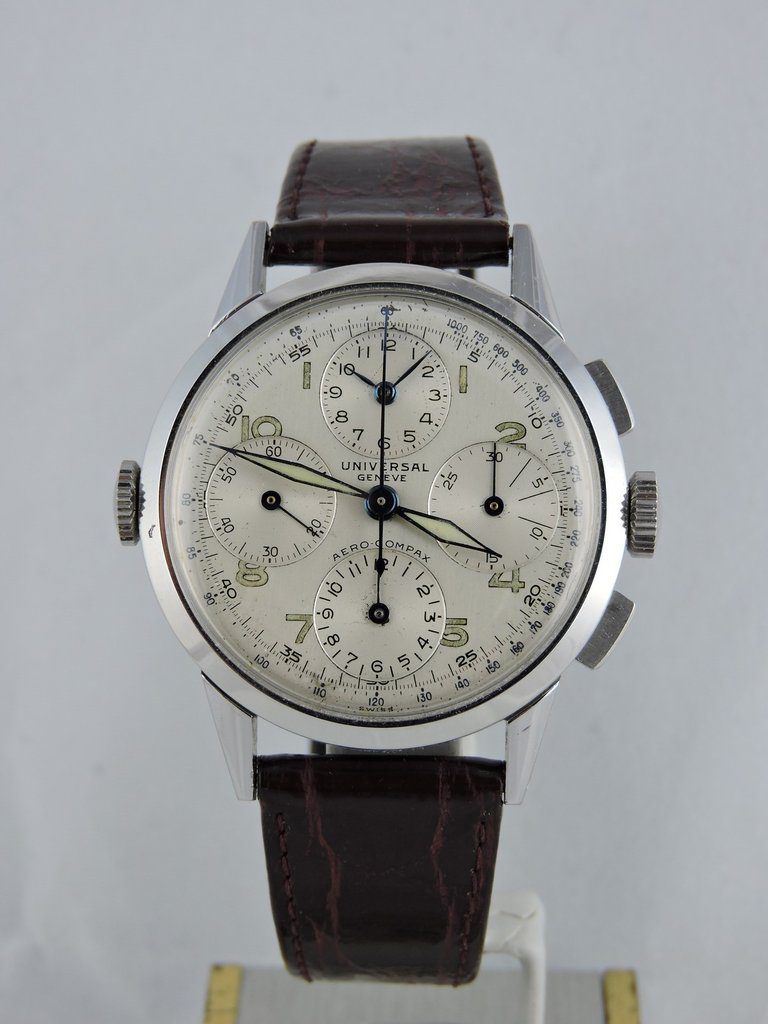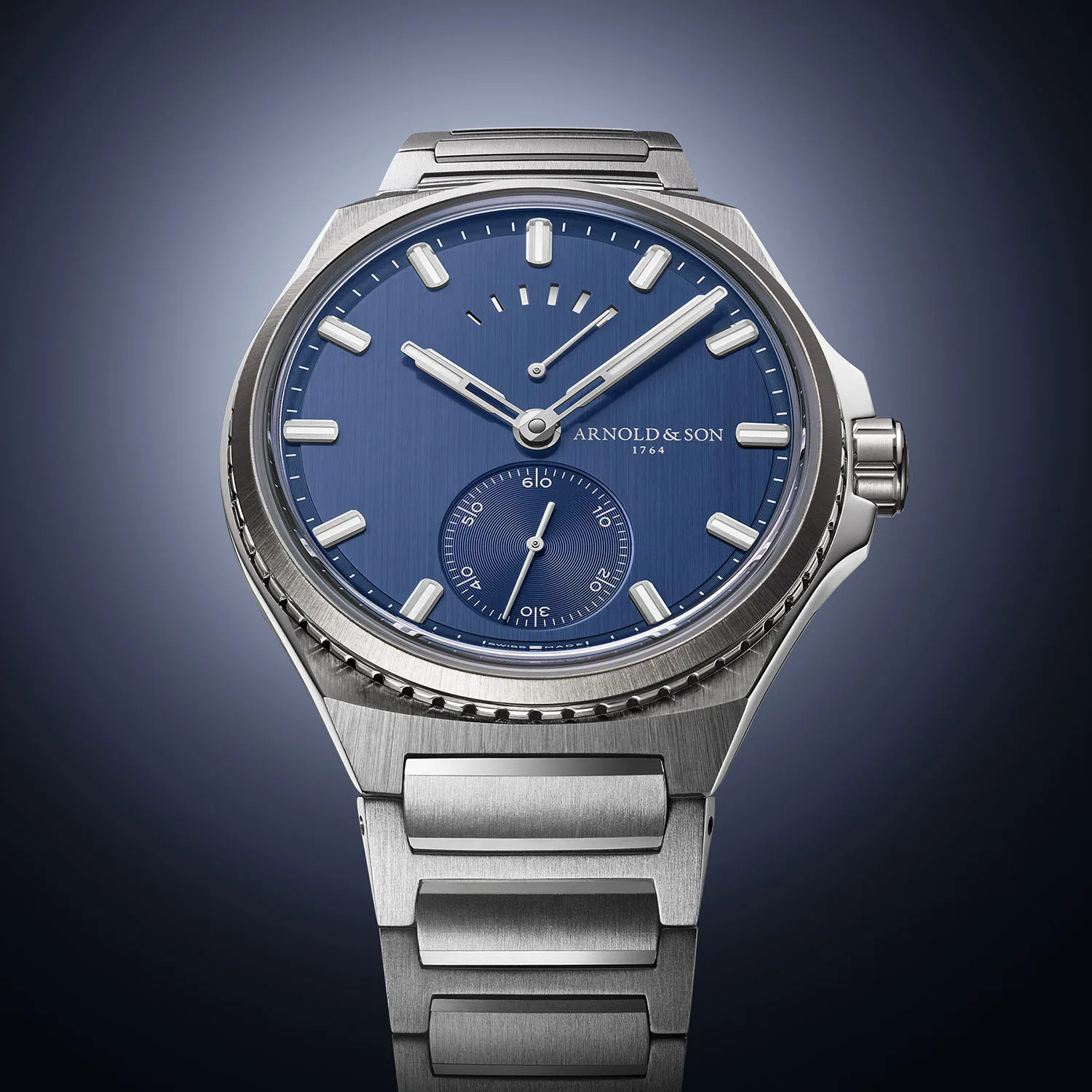By Magnus Salbu
In this new series of The Golden Era, we are taking a look at some of the most influential and interesting watchmakers in famous watch regions of Switzerland. We start off by taking a look at the most famous of them all, the capital of watchmaking, the city and canton of Geneva.
Rolex
Photo: Bobswatches
Although Rolex was not founded in Geneva, in fact it wasn’t founded in Switzerland at all, I decided to include them in this list as they are the biggest luxury watchmaker in Geneva, and the world. Rolex was founded by Alfred Davis and his brother-in-law Hans Wilsdorf as Wilsdorf and Davis in 1905, in London, England. Wilsdorf and Davis’s first watches consisted of outsourced cases and movements which were assembled and sold to jewellers who would put their own name on the dial.
In 1908, Wilsdorf opened up an office in La Chaux-de-Fonds. That same year, he trademarked the name “Rolex”, and in 1915, he changed the name of the company to Rolex. The origin of the name Rolex is unknown but it is believed that it was chosen because these short, easy to pronounce names were very popular at the time.
In 1919, Rolex was moved from England to Geneva, Switzerland (hence this article). From there on, Rolex grew rapidly in popularity, producing the first waterproof watch, one of the first modern diving watches and the first watch capable of displaying multiple time zones. Today, Rolex is one of the most widely recognized brands in the world.
Universal Genève
Photo: Vintage-Oyster
As the name suggests, Universal Genève is a Geneva base watchmaker that produced many iconic watches in the 1940’s to the 1960’s. Now Universal Geneve wasn’t actually founded in Geneva, it was founded by Numa-Emile Descombes and Ulysse Georges Perret, in the watchmaking valley of Le Locle in Neuchâtel, Switzerland in 1894, (we will cover this region in another part), where they produced mostly parts such as cases, crowns and movements for other watchmakers. At the time, they manufactured these parts under the name Universal Watch, but after Descombes’ sudden death in 1897 at the age of 34, Perret recruited Louis Edouard Berthoud and the company relocated to Geneva, thus adopting the name Universal Genève.
From early on, Universal Genève was focused on making complicated watches. And during the first world war they manufactured watches for both sides. Among them was a bracelet chronograph which essentially was a pocket watch with a chronograph complication strapped to a wristband. Their chronographs are what Universal Genève is most known for, and what earned them the nickname “watch couturier”. In 1933, Universal Genève created an aviators’ compact chronograph, the Aero Compax. This was a wrist watch chronograph designed for aviation with its highly legible dial. After the Aero Compax came the Uni Compax, a two register chronograph, the Tri Compax, a three register moonphase chronograph, and the Compur. All of which are classics in today’s vintage watch market.
Patek Philippe
Photo: Phillips
Patek Philippe is a giant in watchmaking, and in the company of Rolex they’re a brand ‘everyone’ has heard of. Patek Philippe was founded in 1851 by Polish watchmaker Antoni Patek and his French partner Adrien Philippe. For many years the company manufactured high end pocket watches, and in 1863, they released their first tourbillon. In the 1930s, Patek Philippe began to receive world-wide recognition with their new design, the Calatrava. The Henri Stern Watch Agency brought Patek Philippe to the United States where their watches were sold in exclusive boutiques alongside Universal Genève. In the 1940s to 1960s, Patek Philippe Manufactured a lot of perpetual calendars and other very complicated watches. The most famous complicated watch was perhaps the Henry Graves Supercomplication, a pocket watch with 24 complications made on request from a banker in 1933. It was at the time the worlds most complicated watch. Among the watches manufactured in this era is the Patek Philippe reference 1518 in steel. With only four known examples, this watch acquired a record breaking $11M at a recent Philips auction. Vintage steel Patek Philippes are currently some of the most desirable watches in the world.
Patek Philippe is known for many innovations in watchmaking, among them the annual calendar. It was first patented by Patek Philippe in 1996 and has since been improved on a lot by both Patek Philippe and other watchmakers. Patek Philippe are still today an independent company located in Geneva, one of the very few independents left in the industry.
Vacheron Constantin
Photo: Invaluable
Another great watchmaker from Geneva is Vacheron Constantin, with roots dating all the way back to 1755 when it was founded by the independent watchmaker Jean-Marc Vacheron in Geneva. Vacheron was a talented watchmaker and in quick succession he created the first engine turned dials for pocket watches. The second part of today’s name didn’t come until 1819, when grandson of Jean-Marc Vacheron, Jacques-Barthelemy Vacheron, recruited Francois Constantin for marketing overseas. At this time, they changed the company’s name to Vacheron & Constantin. Francois Constantin marketed the brand in North-America, and they sold quite a few watches over there. In the 1930s to the 1960s, Vacheron Constantin became mostly famous for their dress watches with beautiful calibers and often special lugs. The reference 4072 is a famous chronograph piece that Vacheron Constantin manufactured in these years. It’s a beautiful gold chronograph with heat blued hands and baton hour markers with slimline pushers adorning the side of the silky curvature of the case.
In the 1970s, Vacheron Constantin hit a bump in the road when their main competitors, Audemars Piguet, launched the Royal Oak and the Patek Philippe Nautilus. Both were very popular steel sports watches. Vacheron Constantin tried to counter with the reference 222 and the Phidas, both of which never really caught on. It wasn’t until 20 years later that Vacheron Constantin would get its own steel sports watch, the Vacheron Constantin Overseas became a success from day one and is still today a very popular luxury sports watch. The model range has been upgraded to include world timers, chronographs and all sorts of beautiful dial combinations as well as a newly introduced quick change system for straps and bracelets.
Chopard
Photo: Raymond Lee Jewelers
Chopard was founded in 1860 in the small village of Sonvilier, Switzerland by Louis-Ulysse Chopard (the namesake for the company’s high end division, L.U.Chopard). Chopard’s pocket watches quickly became popular throughout Europe, known for their high standards of finishing on both movements and dials. In 1921, Louis’s son Paul-Louis relocated the now 150-man company to Chaux-de-Fonds, a much larger city in the Canton of Neuchâtel. Shortly after, the company was relocated again, this time to Geneva, the capital of fine watchmaking. This allowed them to be able to have the Geneva Seal on their movements. In 1963, when grandson of Louis-Ulysse realised none of his children wanted to take over the family business, Paul-André started looking for a buyer. Karl Scheufele III, a German watchmaker took over the company, and in the 1970s, Chopard became famous for making jewellery and watches for women. They expanded in the 1980s and began making men’s and sports watches. In 1996 they opened up a movement manufacture, manufacturing in-house movements. Among them is the famous micro rotor calibre 1.96, the first Chopard watch to bear the L.U.C title (though at this point L.U.Chopard was not written on the dial). Chopard has been involved with motor racing for a while too, with both the Mille Miglia and Historic Grand Prix of Monaco becoming sponsored by the company in 1988 and 2002 respectively. Chopard has also been a partner of the glamorous Cannes Film Festival since 1998 and is the sponsor of the Trophée Chopard and the maker of the grand prize, the Palme d’Or.
These were four very famous watchmakers from Geneva, which region do you want to see covered in the next part?







